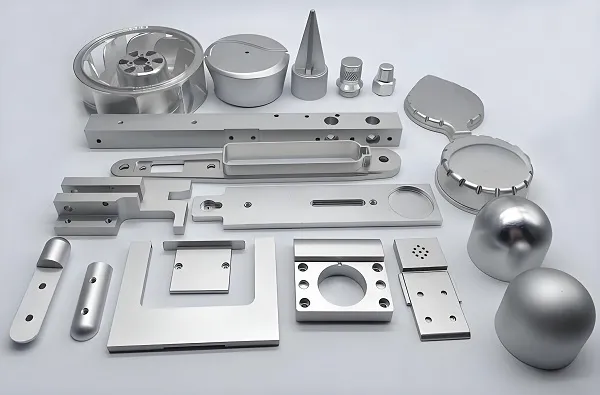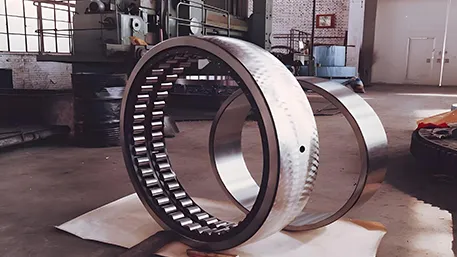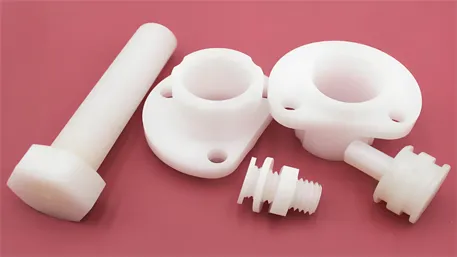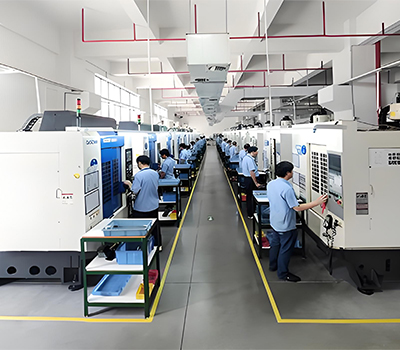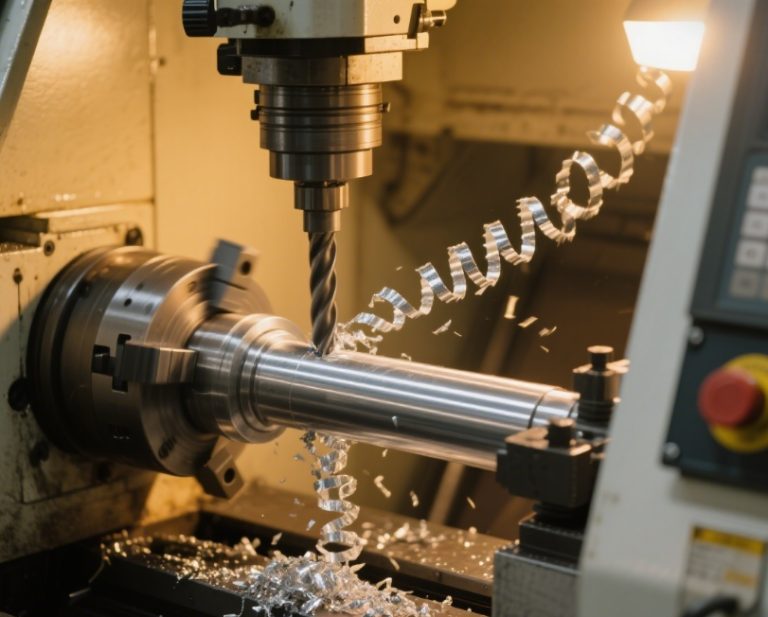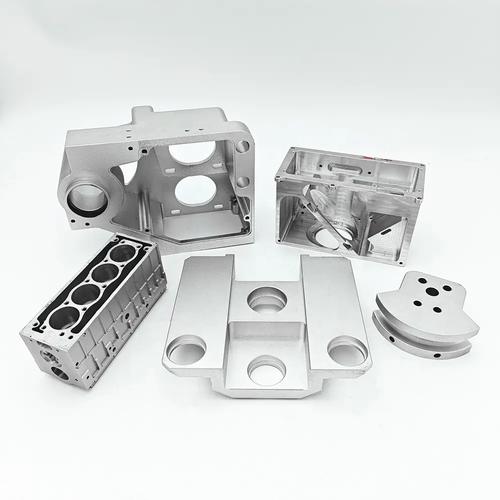In industrial machinery, stainless steel parts are the backbone of reliability, withstanding extreme conditions while maintaining structural integrity. CNC (Computer Numerical Control) machining offers unparalleled precision and material control for crafting high-performance stainless steel components. This article explores the technical advantages, material selection, manufacturing processes, quality control, and applications of custom CNC stainless steel machinery parts.
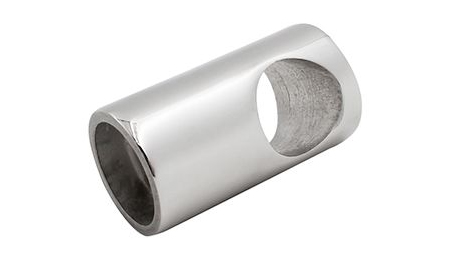
I. Core Advantages of CNC Machining for Industrial Stainless Steel Parts
CNC technology delivers three critical benefits for machinery components:
Sub-Micron Precision
CNC machines achieve positioning accuracy of ±0.005mm and repeatability of ±0.01mm, with surface finishes as fine as Ra ≤ 0.4μm. For example, gear components can be machined to ISO 5 precision, ensuring smooth operation and reduced wear.
Complex Geometry Machining
5-axis CNC systems tackle intricate shapes, thin walls (≤0.3mm), and micro features (e.g., 0.5mm holes) for parts like pump impellers or valve bodies.
Material Versatility
CNC supports industrial-grade stainless steels:
316L: High corrosion resistance (PREN ≥ 25) for chemical processing equipment.
304: Cost-effective for general machinery (e.g., frames, brackets).
430: Magnetic stainless steel for applications requiring magnetic properties.
II. Material Engineering & Selection Strategies
Choosing the right stainless steel is critical for machinery performance:
Corrosion Resistance
316L (with 2–3% molybdenum) resists chloride stress corrosion in marine or chemical environments.
Mechanical Performance
316L offers tensile strength ≥ 515 MPa and elongation ≥ 40%, ideal for high-stress components like shafts.
Cost-Effective Solutions
304 stainless steel (tensile strength ≥ 515 MPa) balances cost and corrosion resistance for non-critical parts.
III. CNC Machining Processes for Industrial Components
CNC technology employs advanced techniques to meet industrial demands:
Multi-Axis Milling & Turning
5-axis milling produces complex surfaces (e.g., turbine blades) with a single setup, reducing errors and improving efficiency by 70%.
High-Speed Cutting (HSC)
For 304 stainless steel, HSC at 15,000 RPM and 2,000 mm/min feed rate boosts productivity while maintaining surface quality.
Tool Optimization
Coated carbide tools with high-pressure coolant systems minimize heat during 316L machining, extending tool life by 3x.
IV. Quality Control & Compliance
Industrial parts undergo rigorous testing to meet global standards:
Dimensional Accuracy
CMM (Coordinate Measuring Machine) ensures critical dimensions (e.g., shaft diameters) adhere to ±0.005mm tolerances.
Material Verification
Spectroscopic analysis confirms alloy composition (e.g., 316L’s 10–14% nickel content).
Tensile and hardness tests validate mechanical properties (e.g., 304’s Rockwell B hardness ≤ 95).
Surface Finishes
Electropolishing reduces Ra to ≤ 0.2μm for corrosion resistance in food processing equipment.
Shot peening enhances fatigue life for high-stress parts like gears.
V. Applications in Industrial Machinery
Process Equipment
316L stainless steel reactor components, machined to Ra ≤ 0.8μm, resist chemical corrosion in pharmaceutical manufacturing.
Power Generation
410 stainless steel turbine blades, heat-treated to HRC 40–45, withstand high temperatures in power plants.
General Machinery
304 stainless steel brackets, powder-coated for corrosion resistance, support heavy machinery in manufacturing facilities.
VI. Frequently Asked Questions (FAQ)
What is the typical precision of CNC stainless steel parts?
CNC machining achieves ±0.005mm tolerance and Ra ≤ 0.4μm finish, meeting ISO 2768 and ASME Y14.5 standards.
How do I choose the right stainless steel?
For corrosive environments, select 316L. For cost-sensitive projects, 304 stainless steel is a viable alternative.
What is the lead time for custom parts?
Simple parts take 5–7 days; complex components (e.g., impellers) require 10–15 days. Rush orders are available.
Can CNC parts meet industrial certifications?
Yes. Parts comply with ISO 9001, ASTM, and industry-specific standards like ASME BPVC for pressure vessels.
How does CNC machining compare to traditional methods?
CNC reduces material waste by 30% and cuts lead times by 40%, while delivering superior precision and consistency.
Request Your Custom Industrial Stainless Steel Parts Today!
From chemical processing equipment to power generation systems, our CNC machining expertise ensures stainless steel parts that combine precision, durability, and compliance. Contact us to discuss your project requirements and receive a tailored solution that meets your timeline and budget. Let’s build industrial excellence together!

